The Merida Big.Trail 600 is a progressive hardtail with exceptionally modern and very wisely-picked geometry. As such, it will be appreciated by all levels of riders while kitted with a spec sheet that’s nearly impossible to moan about.
- Best hardtail mountain bikes 2024 - great hardtails for every budget
- Starling Cycles Roost frameset review
- Is the hardtail the best winter mountain bike?
Merida Big.Trail 600 - Technical details
For 2024, Merida took its trail hardtail and completely shook up the platform while doing its best to retain what the Big.Trail is all about – stellar performance in a simple but accessible hardtail. The brand says that its tweaks have made the bike do pretty much everything faster, and that’s through a completely revamped geometry.
Now conforming to the Agilometer sizing concept introduced on the One-Forty and One-Sixty a couple of years ago, the Big.Trail welcomes longer reaches, shorter head tubes and shorter seat tubes.
With that, the collection of sizes starts at XShort and goes up to XLong which denotes the length of the bike rather than its seat tube height. But I didn’t have to tell you that. The Long frame pictured here comes with a 480mm reach, a 64-degree head tube angle and a steep enough 76.5-degree actual seat tube angle. The chainstay is 435mm and the wheelbase measures 1,243mm.
The latest iteration of the Big.Trail boasts the same number of mounting points as before, with space for two 700ml bottles in the front triangle on the long frame, and an accessory mount slung under the top tube. But where the new bike deviates from the previous version is in the headset-routed internal cabling. This routing gives the Big.Trail a refined and sleek look but it's not without its drawbacks because all of the cables run through the upper headset bearing. As such, replacing a bearing requires the removal of the brake hoses which quickly ramps up the complexity of a usually simple task. However, headset bearing replacement may coincide with an annual brake bleed so realistically, it's not that much extra work.
Speaking of cables, each one is wrapped with foam inside the frame to prevents rattles.
As before, it’s sorted with 140mm of suspension at the front of the bike and it rolls on 29-inch wheels, choosing to stick with a duo of big hoops rather than a mullet setup for the increased rollover performance. (Merida suggests that a 650b wheel could be fitted to the rear but that won’t be without negatively affecting the geometry). It can also run up to a 150mm fork but again, that will change the geo slightly.
Elsewhere, Merida has pushed the ability to upgrade and easy servicing, so there’s a UDH and a BSA, threaded bottom bracket. As with the full suspension bikes, the seat stay/seat tube junction is complete with hard mounts for the rear mudguard. There’s also a multi-tool hidden under the saddle and a small collection of Allen and torque bits added onto the rear axle’s lever – classic Merida features.
Merida Big.Trail 600 - Componentry
For your £2,000, Merida is offering the full shebang. Up front is a RockShox Pike and the bike is driven by a Shimano Deore M6100 12-speed drivetrain.
Inflated on a pair of Merida’s Expert TR II rims is a Maxxis Minion DHF at the front in a 2.5in width and EXO casing which is a welcome change from the old bike. There’s then a Maxxis Dissector 2.4in at the rear in a burlier but also very welcome EXO+ casing.
Everything else is provided by Merida, including the 200mm dropper post. However, in the interest of saving costs, the Expert TR II dropper is not adjustable.
A nice touch is the Shimano XT four-piston brakes paired with 203mm RT64 rotors. That combination provides plenty of braking power, especially compared to the raft of hardtail MTBs that typically come with smaller discs.
That braking arrangement does change throughout the range with the mid-level bike getting a four-piston caliper at front and a two-piston at the rear paired with a 203 and 180mm rotor, respectively. The base bike benefits from two-piston calipers at both ends and 180mm rotors. The range starts at £1,100 and goes up to £2,000, so pricing is certainly sensible.
This 600 build tips the scales at 13.5kg, so it’s not the lightest of hardtails but is far from the heaviest. The positive is that it’s draped with well-protected tyres at that weight.
Merida Big.Trail 600 - Performance
With its geometry, Merida has gone more progressive but the brand has done well to stay reserved and not gone too wild. The result is a capable bike that has no weird quirks to account for and it doesn’t throw any punches that might become overwhelming to new riders. The shape of the Big.Trail is on par with many full-suspension mountain bikes and with that, Merida hasn’t stepped a foot wrong.
Merida has recognised that a hardtail is all about its geometry and the brand has nailed it. It can climb well, placing rider weight well over the bottom bracket but in a balanced and neutral position. The steep seat tube does an excellent job keeping the rear wheel weighted as it lays power down with plenty of traction.
The Dissector tyre at the rear balances minimal rolling resistance with plentiful grip and, when combined with that seat tube, it’s always happy to be slung back up a hill for more time on the descents.
And when going down, there’s absolutely nothing holding the Big.Trail back. The trio of the reach, wheelbase and head angle summons tonnes of confidence through a heft of stability, encouraging tonnes of speed – despite the lack of squish at the rear of the bike.
It's surprisingly welcoming when the trails get steep and more technical, and that's all to credit to the length of the bike's front centre and the height, or lack thereof, of the bottom bracket. The front end provides tonnes of support when the gradient drops, making for a dependable ride.
A 480mm reach on a hardtail is marginally longer than the norm but as I’ve just suggested, it adds to the Big.Trail’s sure-footedness. That as well as the wheelbase, would suggest that it can get sluggish in the corners but that’s simply not the case. Despite the comparatively long reach, the on-point chainstay length and low bottom bracket keep things lively in the turns.
The centre of gravity is nice and low, as Merida has taken full advantage of the fact that there’s no rear suspension travel to consider. This helps the bike feel planted as it leans into a turn all while boosting its capability. The taught chainstay figure keeps the 29-inch rear wheel as close to the bottom bracket as possible, all while maintaining space for tyre clearance. As a result, the Big.Trail remains lively and ultimately flickable, as every good hardtail should be.
.The Big.Trail has an uncanny ability to wring out the fun out of every trail I’ve ridden, whether that’s blue tracks through to trail centre black runs or my favourite jaunts through off-piste natural trails. I’ve even been able to keep up with mates on enduro bikes through some sections. There’s just nothing about this bike that holds it back.
But I must confess, in my first ride review, I criticised the rear end of the bike for being rather stiff but that was mostly due to my hasty first ride review bike setup. Reducing the psi a notch or two welcomed more compliance from the rear tyre and a more comfortable ride. Adding a volume spacer in the fork also balanced the bike out, making for a more cohesive ride when dropping off ledges and pushing into corners, where the fork provided a lot more support.
Although the Big.Trail stakes no claim as a beginner-focused mountain bike, its value will certainly appeal to those who are new to the sport. With that, the only downside is the cable routing through the headset. Of course, it helps the bike look like one well north of its asking price but the additional complexity of the setup makes the simple task of replacing headset bearings that bit more involved – and expensive. I’ve also found the paint to be a little easily damaged. It’s very prone to heel rub and has been quick to show signs of general wear and tear. A protective frame wrap will be well worth the extra investment.
Merida Big.Trail 600 - Verdict
In this top-end 600 build, Merida has kitted the bike with componentry that confidently blends excellent performance with great value and, against other hardtails in its category, it’s impressive. Strong resistance comes from the Orbea Laufey H10 at £2,100. It’s built with a Marzocchi Bomber Z2 and a Shimano SLX derailleur joined with Deore-level kit as seen on the Big.Trail 600. The Big.Trail’s geometry is a little more aggressive though.
I’ve reviewed the top-level Laufey H-LTD and like the H10, it gets downtube storage but I found it very creaky. Its dropper post could have been longer, and it’s a bike deserving of larger rotors. Those three points, the Big.Trail 600 addresses. It doesn’t have downtube storage, but it doesn’t creak.
It’s similar to the Trek Roscoe 9, too. Its specification brings the heat with a Shimano SLX drivetrain, a Fox Rythm fork, and a Bontrager finishing kit. That’ll cost you £1,850 but it gets a shorter dropper post, and its geometry isn’t nearly as progressive, to the point where I would consider sizing up.
I reckon the Big.Trail 600 also pips Sonder’s Signal ST SLX in terms of bang for buck. Of course, the Sonder is built around a steel frame and gets an upgraded SLX drivetrain but the very important bits aren’t as accomplished, such as the RockShox Revelation fork, and the SLX brakes don’t come with the level of adjustment that the XTs on the Big.Trail 600 does.
A few full-suspension bikes are cropping up like the Voodoo Canzo Pro at £1,800 but for this money, there are a number of downsides. It’s a heavy bike and some componentry choices aren’t as excellent as Merida’s. Plus, its geometry isn’t quite as forward-thinking.
As far as trail hardtails go, the Merida Big.Trail 600 sets a new standard for fun for the money. Your investment of £2,000 gets you an incredibly well-sorted mountain bike that’s as capable as you are brave. Its specification includes everything you really need and nothing you don’t while being more than ready for upgrades should you want to eke out every inch of performance possible.














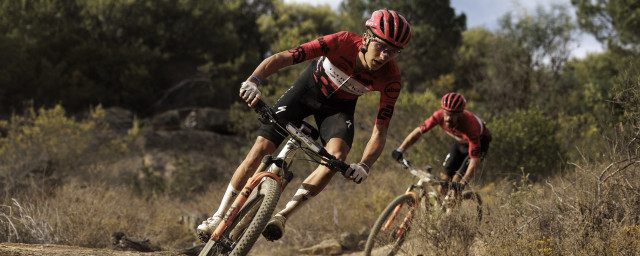


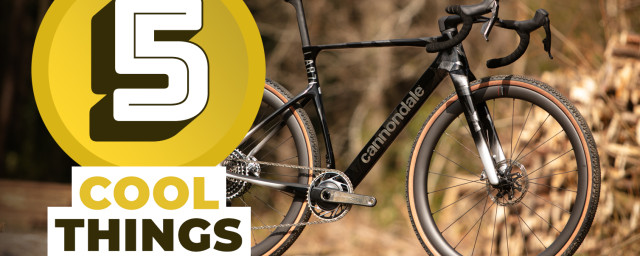
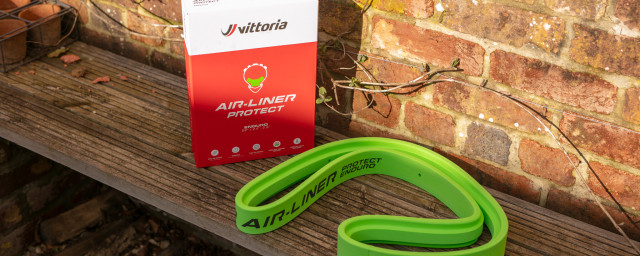
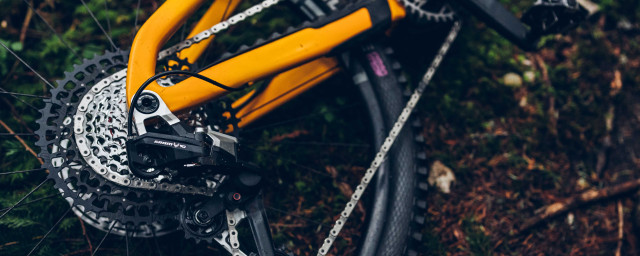

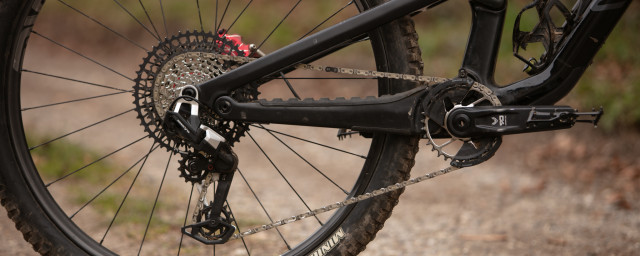
Add comment